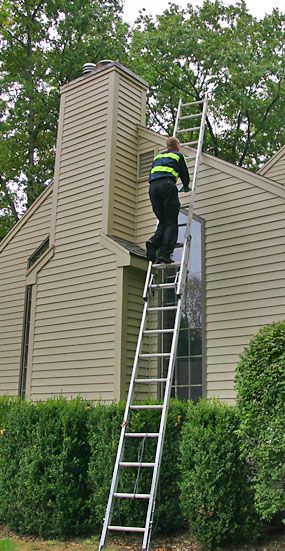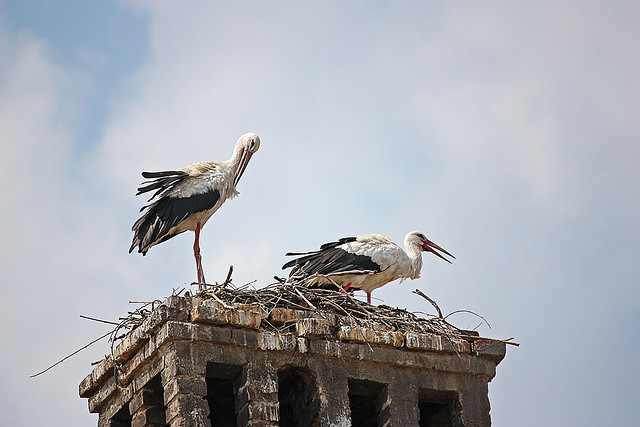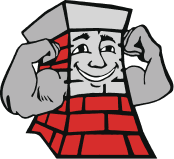Labor Day: Time For An Annual Chimney Inspection
 Labor Day marks the closing days of summer and is quickly followed by the arrival of autumn. The turning of the leaves is a sure sign that cold temperatures are coming. Since the time to start firing up wood stoves and fireplaces is quickly approaching, early September is the ideal time to schedule your annual chimney inspection.
Labor Day marks the closing days of summer and is quickly followed by the arrival of autumn. The turning of the leaves is a sure sign that cold temperatures are coming. Since the time to start firing up wood stoves and fireplaces is quickly approaching, early September is the ideal time to schedule your annual chimney inspection.
The Chimney Safety Institute of America () and the National Fire Protection Association (NFPA) are both organizations devoted to making important safety recommendations related to the use of chimneys, and both recommend annual chimney inspections. Every year thousands of house fires are caused by chimneys which lacked cleaning and maintenance.
An inspection by one of our chimney professionals will reveal whether your chimney is in good working order and safe to use. By scheduling the inspection around Labor Day, you can have any needed repairs done before winter. The safe operation of your chimney demands that it function properly and that there is either a freshly cleaned flue or one with a limited amount of creosote.
Carbon Monoxide Poisoning and Chimney Function
If you have a fireplace or wood stove, you should also have functioning carbon monoxide alarms in your home. The use of many types of heating appliances such as fireplaces carry the possibility that toxic fumes, including the most deadly poison of them all, will go into your house instead of up the chimney. Called the “silent killer,” carbon monoxide is tasteless and odorless and kills more people in the U.S. every year than any other type of poisoning. The biggest threat of a dysfunctional chimney is that it can cause carbon monoxide to enter the home.

Animals nesting in or on your chimney can cause dangerous chimney drafting issues.
An adequate draft is required for combustion materials to go up the chimney as they are supposed to, and obstructions affect that function. Without the help of an expert chimney sweep, you may not be aware of chimney obstructions. Among the common causes of chimney obstructions are:
- Animals and bird nests in the chimney.
- Heavy creosote buildup.
- Debris such as broken masonry, cracked mortar, leaves, and damaged flue tiles.
What Amount of Creosote is a Danger?
Creosote is highly flammable, and at least a small amount of the black, tar-like substance is deposited in a flue lining every time you light a fireplace or wood stove. The possibility that creosote will cause a hazardous chimney fire occurs when there is as little as 1/8 inches to 1/4 inches of creosote buildup. If a hot spark ignites creosote, the intense heat created by a chimney fire can easily lead to a house fire. Chimney fires are alarmingly dangerous, often spreading too quickly for people to safely escape their homes.
When is the last time your chimney was inspected or cleaned? An important step in safety can be to have a set time every year to ensure that your fireplace or wood stove is safe to use, and our chimney professionals suggest that you don’t wait much longer than Labor Day to schedule your appointment for an inspection. A clean, properly functioning chimney is a safe one, and our chimney pros can help ensure that yours is ready for that first cold snap.
Northeastern Chimney, Inc
37 Cody Street, West Hartford, CT 06110
Phone: 860-233-5770


